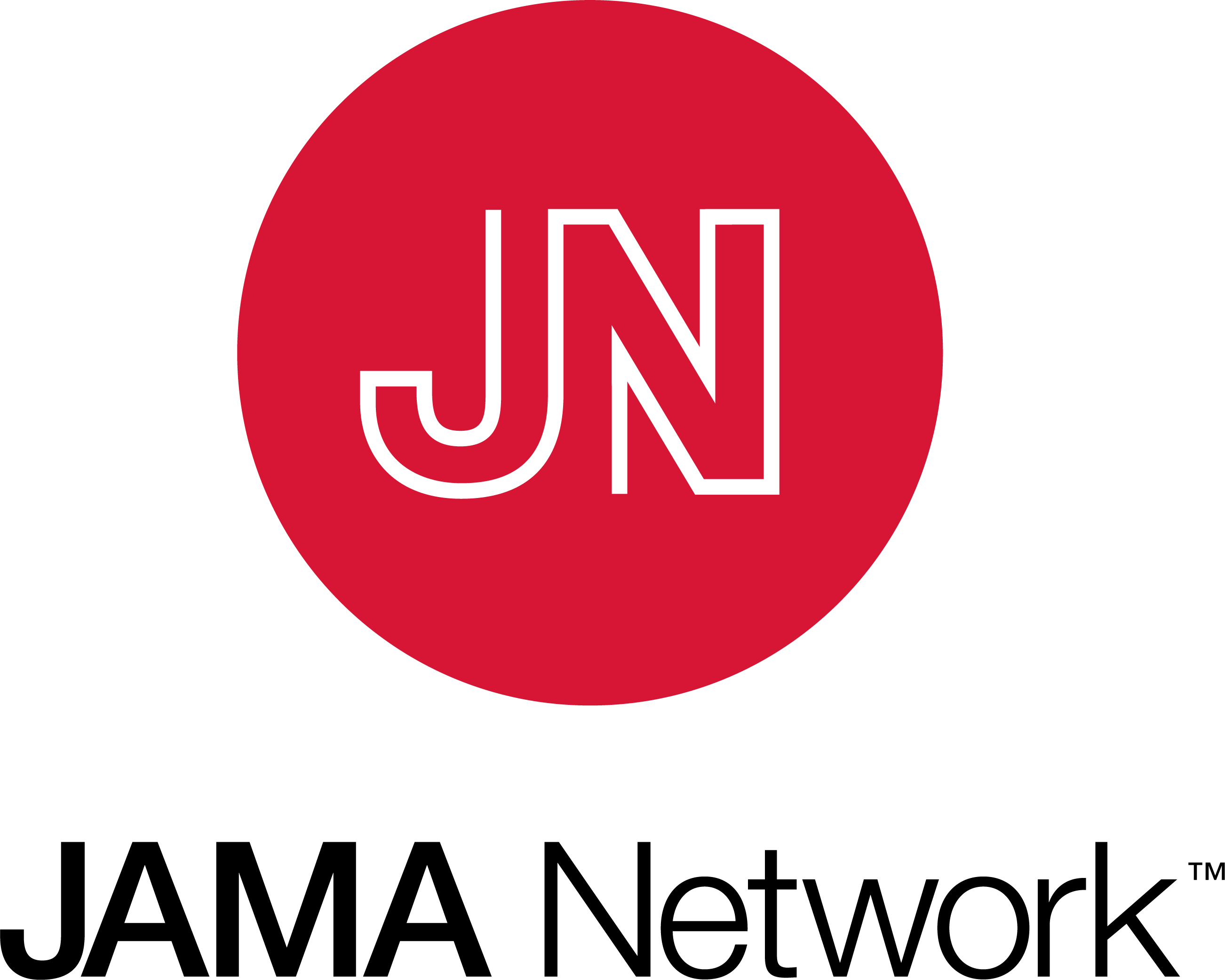Abstract
Importance Community-acquired pneumonia (CAP) results in approximately 1.4 million emergency department visits, 740 000 hospitalizations, and 41 000 deaths in the US annually.
Observations Community-acquired pneumonia can be diagnosed in a patient with 2 or more signs (eg, temperature >38 °C or ≤36 °C; leukocyte count <4000/μL or >10 000/μL) or symptoms (eg, new or increased cough or dyspnea) of pneumonia in conjunction with consistent radiographic findings (eg, air space density) without an alternative explanation. Up to 10% of patients with CAP are hospitalized; of those, up to 1 in 5 require intensive care. Older adults (≥65 years) and those with underlying lung disease, smoking, or immune suppression are at highest risk for CAP and complications of CAP, including sepsis, acute respiratory distress syndrome, and death. Only 38% of patients hospitalized with CAP have a pathogen identified. Of those patients, up to 40% have viruses identified as the likely cause of CAP, with Streptococcus pneumoniae identified in approximately 15% of patients with an identified etiology of the pneumonia. All patients with CAP should be tested for COVID-19 and influenza when these viruses are common in the community because their diagnosis may affect treatment (eg, antiviral therapy) and infection prevention strategies. If test results for influenza and COVID-19 are negative or when the pathogens are not likely etiologies, patients can be treated empirically to cover the most likely bacterial pathogens. When selecting empirical antibacterial therapy, clinicians should consider disease severity and evaluate the likelihood of a bacterial infection—or resistant infection—and risk of harm from overuse of antibacterial drugs. Hospitalized patients without risk factors for resistant bacteria can be treated with β-lactam/macrolide combination therapy, such as ceftriaxone combined with azithromycin, for a minimum of 3 days. Systemic corticosteroid administration within 24 hours of development of severe CAP may reduce 28-day mortality.
Conclusions Community-acquired pneumonia is common and may result in sepsis, acute respiratory distress syndrome, or death. First-line therapy varies by disease severity and etiology. Hospitalized patients with suspected bacterial CAP and without risk factors for resistant bacteria can be treated with β-lactam/macrolide combination therapy, such as ceftriaxone combined with azithromycin, for a minimum of 3 days.


No comments:
Post a Comment